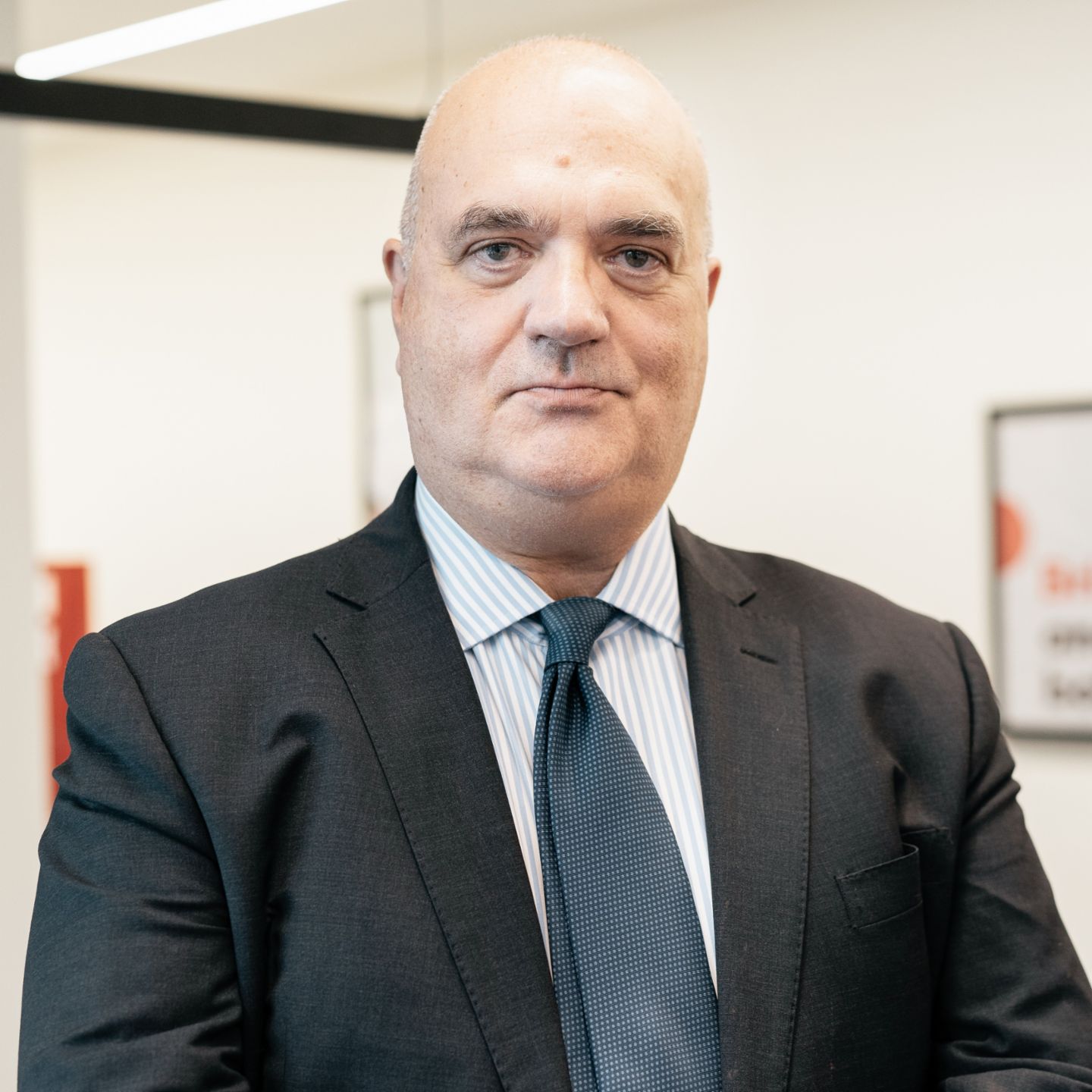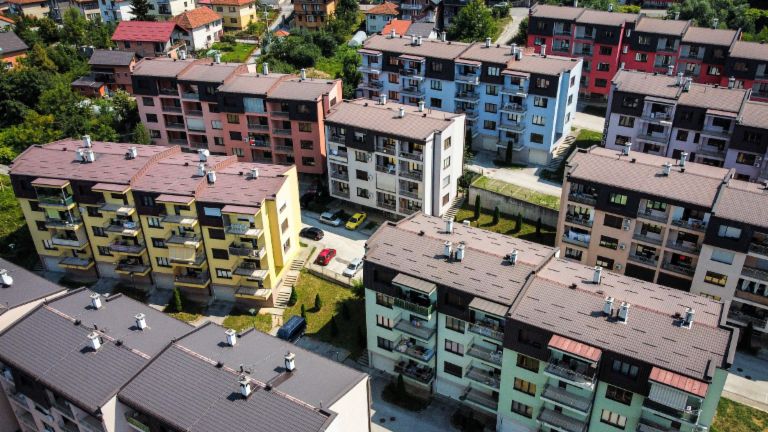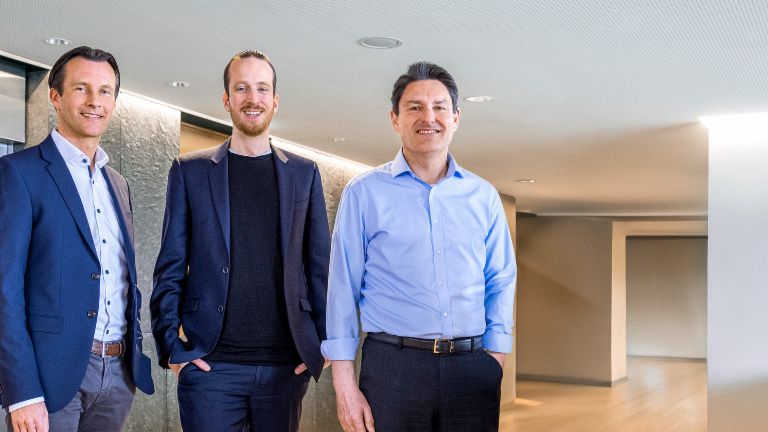What is the current market situation of non-performing loans? How does the risk management of NPLs through ESG criteria work? And what is the aim of the cooperation between IFC and EOS? Ariane Di Iorio, Chief Investment Officer and Global Head of Distressed Asset Recovery Program, and Vittorio Di Bello, Regional Head of Industry for Financial Institutions in Europe, from IFC provide insights on these questions.
How did the non-performing loans (NPL) situation change during the last two years worldwide, especially in Eastern Europe? Which typical NPLs can be found in the region?
Vittorio: Before COVID-19, non-performing loans (NPLs) were generally declining globally, except for some countries. Eastern Europe, too, saw a declining trend given its positive economic performance, credit growth, and NPL resolution initiatives. The Eastern Europe region is relevant for the project with EOS, includes Bosnia and Herzegovina, Croatia, Romania and Serbia.
The pandemic led to a 3.4 percent contraction of the global economic output in 2020. Depending on their economic structure, stimulus packages, and vaccination rates, the impact, depth, and recovery efforts widely vary across regions and countries. The economic challenges and recovery outcomes varied across sectors and households, even within countries. For example, while the pandemic devastated retail and services, it also affected informal sectors, low-paid jobs, temporary contract holders, and those unable to shift to online mode.
Given the global economic growth projections, after an unprecedented economic rebound in 2021, the recovery in 2022 and 2023 will likely slow down significantly. The Russia invasion in Ukraine at the end of February 2022 and the multifaceted spillovers thereof represent a significant downside for the recovery of the region as the war and sanctions disrupt commodity and energy trade, increase related prices, disrupt financial flows, and add to the heightened level of uncertainty caused by COVID-19. While governments and policymakers proactively supported economies, preventing NPL ratio spikes during 2020-2021, most borrower relief measures—moratoriums, relaxed loan classification standards for NPLs, and favorable loan restructuring schemes—expired in 2021 after multiple extensions. As a result, NPL ratios are already increasing in some markets.
In Eastern Europe, so far, the financial systems have been resilient due to two solid factors: the implementation of measures to tackle the impacts of COVID-19 and support for growth recovery. However, despite of controlled NPL ratios, credit risk in the region is increasing as confirmed by growing stage 2 loans, those with significant credit risks. On the positive side, though, banking systems have remained well-capitalized, bank liquidity ratios are at comfortable levels, and bank profitability is gradually showing signs of recovery.

As we advance, maintaining financial stability with particular care on restructured loans will be vital. In addition, focusing on the NPL resolution capacity will be key to detecting any underlying future vulnerabilities.
To what extent is IFC's cooperation with EOS a reaction to this situation, and what is the overall objective of the cooperation?
Ariane: As countries worldwide work to contain the spread and impact of COVID-19, the World Bank Group (WBG) has mounted the largest crisis response in its history to help developing countries strengthen their pandemic response. The crisis response was structured in three stages (relief, restructuring, and resilient recovery) and around four thematic pillars (saving lives, protecting poor and vulnerable people, ensuring sustainable business growth and job creation, and strengthening policies and institutions, and investments for rebuilding better).
Since the start of the COVID-19 crisis, the WBG has committed over $200 billion to fight the impacts of the pandemic. IFC’s Distressed Assets Recovery Program (DARP) is playing an essential role as part of the restructuring stage. IFC’s DARP was launched in 2007 in response to the global financial crisis and focuses on the acquisition and resolution of distressed assets, refinancing and roll-over risk of viable entities, and restructuring enterprises.

The joint venture established with EOS for ~€130 million is an integral part of IFC’s response to the COVID-19 crisis.
Ariane: It aims to add significant additional operational and financial capacity to resolve NPLs in Bosnia and Herzegovina, Croatia, Romania, and Serbia.
What makes your cooperation with EOS in this area special — to what extent do IFC and EOS have greater leverage together?
Ariane: IFC and EOS have a long-term approach to invest and develop distressed assets markets in emerging economies. Their combined strength—robust capital backing, operational capacity, and expertise—will help provide a strong NPL resolution outlet in target markets. EOS, backed by Otto Group, is a strong player with more than 48 years of investment experience in distressed assets. Moreover, it has had a strong presence in Eastern Europe since 2004 with more than 1,100 local staff. IFC is the largest global development institution focused on the private sector in developing countries with more than 66 years of experience in investing and fostering emerging markets, including more than 15 years of supporting the development of distressed assets markets. IFC has invested more than $8.4 billion globally in this space, including Eastern Europe. Additionally, through various engagements, including the Debt Resolution and Business Exit Project, we have supported governments in Bosnia and Herzegovina, and Serbia to improve insolvency regimes and create an effective debt management framework for NPLs. Given IFC’s extensive experience in working with distressed assets managers on ESG risk management, we are well-positioned to help EOS become a leader in this space. EOS’ strong expertise in the NPL space, meanwhile, will help IFC learn more about implementing ESG practices and how they can be improved to support its clients globally.
To what extent do you/your IFC colleagues need to be on the ground in order to do business with NPLs in Eastern Europe? What are the travel plans likely to be in this respect?
Vittorio: IFC is a global organization with presence in almost 100 countries and working with over 1,800 private sector clients globally. IFC’s team for this project comprises various investment professionals from its DARP global team and its Financial Institutions Group in Europe, further supported by other cross-cutting units including financial policy and private sector development, country-focused teams, ESG, and impact assessment. Given the pandemic, we have adopted the new ‘virtual’ normal in terms of our work at IFC. However, traveling is key to experiencing market realities directly. While we will rely heavily on EOS’ ground capacity, we have field capacity as well, and our global teams will be travelling intermittently.
Outlook: How will the cooperation with EOS develop/how should it develop?
Vittorio: We value our new cooperation with EOS, which further strengthens our relationship that started back in 2010. I would like to reiterate that we see EOS as a strong and committed partner with a long-term commitment to develop and support distressed assets markets. We look forward to our continued work with EOS in Eastern Europe and hope to take this symbiotic partnership to other countries and regions.
If you’d like to know more about the collaboration between IFC and EOS, please don’t hesitate to contact us.
Photo credits: Nemanja Maraš, IFC, Benne Ochs
Explore more insights from EOS




